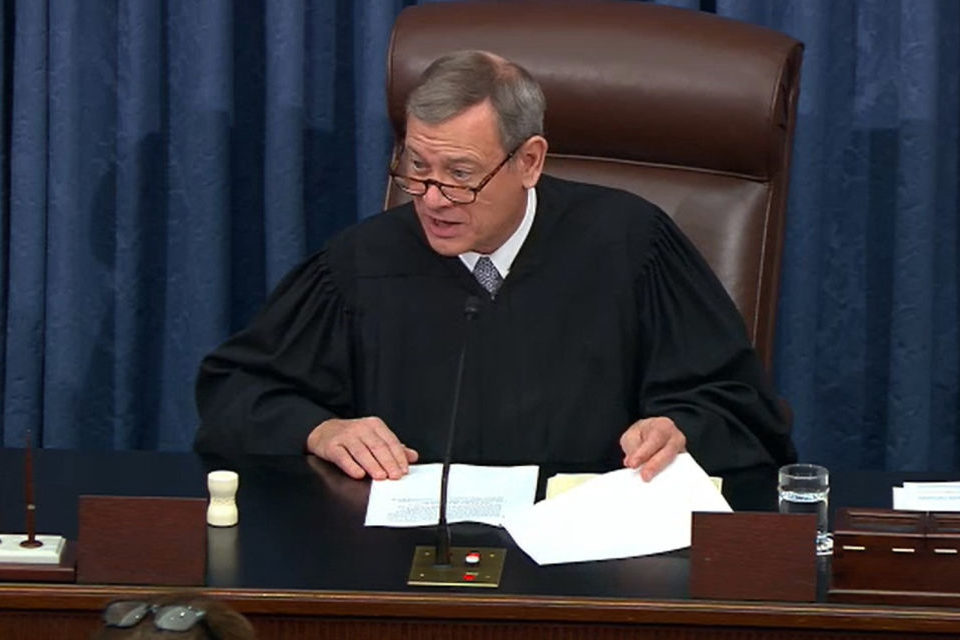The conservative legal movement has again been bludgeoned. The culprit, as has far too often been the case, is once more the Supreme Court’s most mercurial chief justice, John Roberts.
In June Medical Services LLC v. Russo, a 5-4 Court majority enjoined Louisiana’s enforcement of its law that would require abortionists to have admitting privileges at a hospital within 30 miles of a prenatal abattoir. The Court’s four liberals, ever-reliable in their outcome-oriented efforts to further the progressive political agenda, wrote for a pro-abortion plurality. Roberts, for his part, wrote a separate opinion concurring in the judgment — notwithstanding the fact he dissented in a virtually analogous Texas case, Whole Women’s Health v. Hellerstedt, just four years prior. Although the chief is self-aware enough to acknowledge his substantive flip-flop, he justifies his concurrence purely on grounds of stare decisis — or ‘fidelity to precedent’.
Other recent Supreme Court disappointments, such as Justice Neil Gorsuch’s interpretive botching of Title VII in the case of Bostock v. Clayton County, show the dire need for conservatives to chart a new jurisprudential course. The key takeaway of June Medical Services is clear. As Justice Clarence Thomas argued in his concurrence in the 2019 case of Gamble v. United States, it is time to overrule and abort stare decisis in constitutional interpretation.
Stare decisis, Latin for ‘to stand by things decided’, emerged in English common law as a legal doctrine that would constrain judicial discretion and provide for durability and stability in the rule of law. In a purely common law system, where judge-made law develops in incremental fashion without reference to an underlying written constitution, stare decisis adjudicative norms make a lot of sense.
The issue, as Justice Thomas noted in Gamble, is that ‘our federal system’, with its reliance upon the Constitution, ‘is different’. As Anglo-inspired as our legal order was at the time of the Founding — and remains today — the fundamental act of codifying a written Constitution effectuated a momentous departure from the British model of governance.
The result, as conservative attorney Chuck Cooper phrased it three decades ago, is that ‘much of the rationale underlying the operation of the doctrine of stare decisis in the common law context is simply inapplicable in the statutory or written law context.’
Ironically, Roberts’s attempts to ground his peculiar invocation of stare decisis in June Medical Services by citing one of the greatest common lawyers of all: Edmund Burke. But as the thinker Yuval Levin has demonstrated, Roberts’s Burkean plea is unpersuasive at best, and farcical at worst. Burke expressly argued that judicial precedents must be ‘concurrent and not contradictory and mutually destructive’ and ‘agreeable to the general tenor of legal principles’, among other criteria. Roberts’s risible flip-flop from Whole Women’s Health to June Medical Services unequivocally fails this test. And Roberts, a modern-day David Souter who increasingly appears motivated by a personal animus toward President Trump, is inconsistent in the extreme when it comes to reliance upon stare decisis norms.
[special_offer]

























